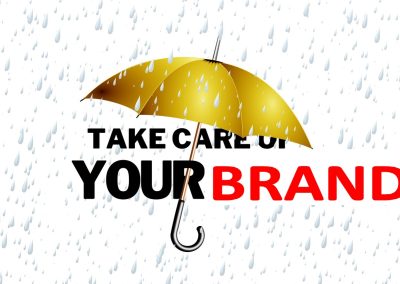Be visible and credible, even without media: more and more businesses invest in brand journalism, evolving into true media companies. The liason between communication and information was intensely debated at the International Journalism Festival, last week in Perugia.
Let’s define it first. What does brand journalism mean? It’s the peculiar type of corporate communication that leverages journalism techniques and languages to position the company or its brand as a source of information and news. Being a media company, thus independent in publishing and distributing contents, a business can directly engage with its own target audience, no need of mediation by newspapers, radio or TV.
Although flourished in the Internet and social media age, brand journalism was born well before digital. Examples of corporate magazines and publication date back to the end of the 1800s and beginning of 1900s, such as The Furrow by John Deere or the Michelin Guide: both stemmed from the idea of using company know-how to design informative and factual contents, leveraging them to consolidate brand reputation. The Furrow currently reaches 2 million people around the world, and the Michelin Guide is one of most influential publications about hotels and restaurants. Interesting enough, they both have a digital edition, but continue to be printed.
Brand journalism as a term was coined by Larry Light, chief of marketing at McDonald’s from 2002 to 2005, in a season when the company was constantly under attack and accused of selling junk food. Light suggested to “think like a journalist” and design brand communication as a magazine, with an editorial plan and targeted contents for different regions and topics, but shaping a dynamic, interesting and coherent continuum. With brand journalism, Light wanted to “report what happens around the brand through days and years”, focusing on stories, values and topics that move people who consume and experience the same brand. The success of I’m lovin’ it campaign told he was right.
Nowadays the Internet grows the number of channels a media company might use, moving beyond corporate and product communication to offer news and inquiries. At the International Journalism Festival we came across several notable examples. With La Freccia and Note magazines, Ferrovie dello Stato is picturing the world of travel, addressing different target audience and customizing content distribution to be more relevant. Changes by Unipol has risk as focus topic, adjusting contents for a specific stakeholder group and using double web and printed format.
Both companies have an internal editorial staff with skilled journalists, as GE has for GE Reports. This blog, launched about 10 years ago for employees, grew over time and became a multimedia magazine about innovation and digital transformation, serving some traditional media as well. GE Reports is highly appreciated for fresh, quality contents, with videos which are rapidly spread via social platforms.
These experiences tell us that brand journalism cannot be extemporized. It is not enough to produce useful, reliable, funny and engaging contents. It’s first of all a matter of leadership and credibility, as the company needs to expose beyond its business as usual and enter a wider arena to cover all the brand universe. Resources and competences are needed to shape contents as a genuine editorial product – be it a magazine or a book, a blog or a social channel, or a TV broadcasting.
Media companies also remind us that the separation between marketing, media relations and PR is more and more ephemeral, as contents are now driving corporate communication and contributing to brand reputation. That’s particularly true when businesses turn into media companies, since transparency and reliability continue to be vital to deserve stakeholders’ trust.
And when media companies meet traditional media … but that’s another story.




